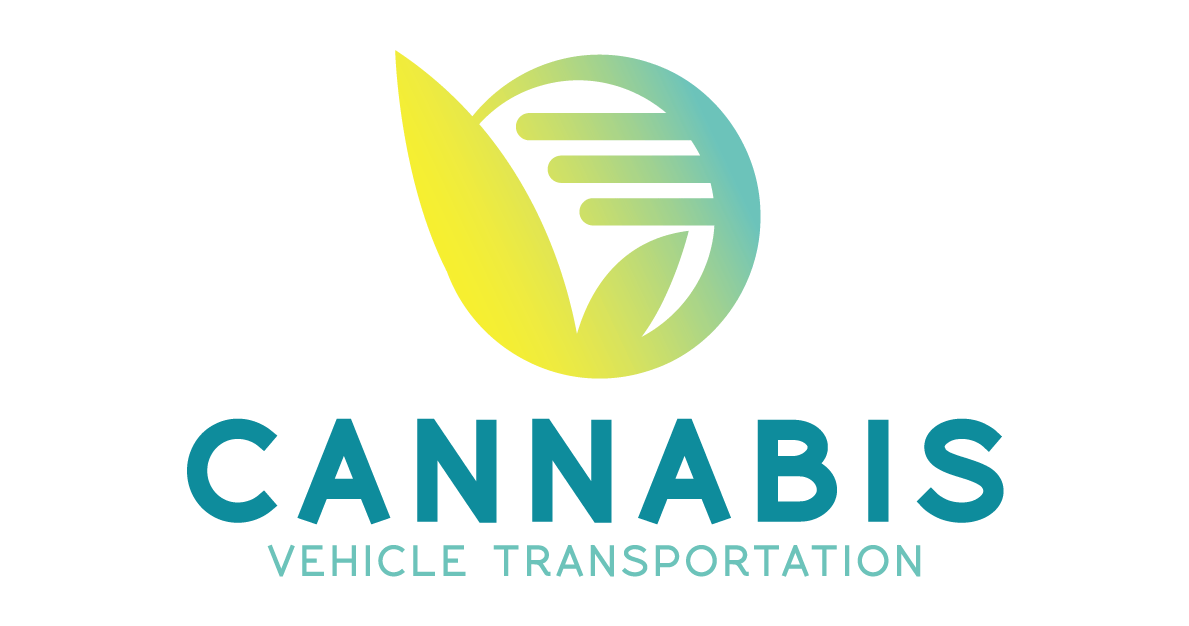As cannabis legalization continues to spread, the legal landscape surrounding its transportation remains sharply divided between federal and state law. Understanding these distinctions is critical for individuals, businesses, and transport operators.
Federal Law: A Firm Prohibition Nationwide
Under the federal Controlled Substances Act, cannabis remains a Schedule I drug—illegal for transport across state lines or via federal jurisdictions such as airspace, waterways, and interstate highways. The Federal Motor Carrier Safety Regulations further stipulate that drivers of commercial motor vehicles (CMVs) cannot carry or use cannabis, as any detectable amount disqualifies them from safety-sensitive roles. Similarly, the Department of Transportation’s drug-testing regulations do not exempt state-legal medical marijuana and enforce strict THC thresholds for transportation employees.
Additionally, federal transportation laws such as the Aviation Drug-Trafficking Control Act prohibit the transport of controlled substances via aircraft, with serious penalties for carriers and pilots involved in illicit movement. At borders and ports of entry, federal agencies like the Customs and Border Protection (CBP) maintain zero tolerance—cannabis transport, even for medical use, is not permitted.
State Law: Local Licensing and Restrictions
In contrast, state laws have charted a varying path. As of March 2025, 24 states plus D.C. have legalized recreational cannabis and 39 states allow medical usage. Each state independently regulates intrastate transportation, defining permissible quantities, licensing requirements, and packaging rules.
For instance, in California, licensed distributors must operate locked and secured vehicles, restrict transport to licensed premises only, and ensure cannabis is not visible or accessible during transport. They also prohibit mixing cannabis with unrelated goods. Nevada, likewise, forbids cannabis use or open containers in vehicles and mandates sealed packaging out of reach while driving.
Many states require transporters to hold special distribution or transport licenses, and they must use approved vehicles, track manifests, and enforce security measures, including alarms and sealed containers. Intrastate transport via licensed couriers or company vehicles is typically allowed, as long as carriers comply with state regulations.
The Tension at State Borders and Federal Waters
Where the legal conflict becomes most visible is at state borders, islands, and federal jurisdictions. Cannabis transport across state lines remains illegal—even between states with legal cannabis markets—due to federal classification.
An illustrative case emerged in Massachusetts, where regulators initially barred transport of cannabis to Martha’s Vineyard and Nantucket via route crossing federal waters, forcing local dispensaries to close temporarily. Subsequent administrative orders allowed transport to continue entirely within state waters, avoiding federal jurisdictions, illustrating how states are carefully navigating federal constraints.
Consequences and the Path Forward
Navigating cannabis transportation means balancing stringent federal prohibition against varied state allowances. Transporting cannabis improperly can result in felony charges, civil penalties, or DOT disqualification.
At the same time, state-licensed transporters must follow intricate licensing, security, and packaging laws that govern intrastate movement. States with islands or unique jurisdictional areas are crafting creative administrative solutions—but these remain precarious, vulnerable to shifts in federal enforcement or policy.
Although the U.S. Department of Justice under the Biden administration has indicated intent to reclassify cannabis from Schedule I to a less restrictive category, federal law has not yet changed. Until federal prohibition is lifted or changed via legislation or Supreme Court ruling, the divide between federal and state cannabis transportation law will persist, demanding careful compliance and ongoing monitoring from all participants in the industry.
